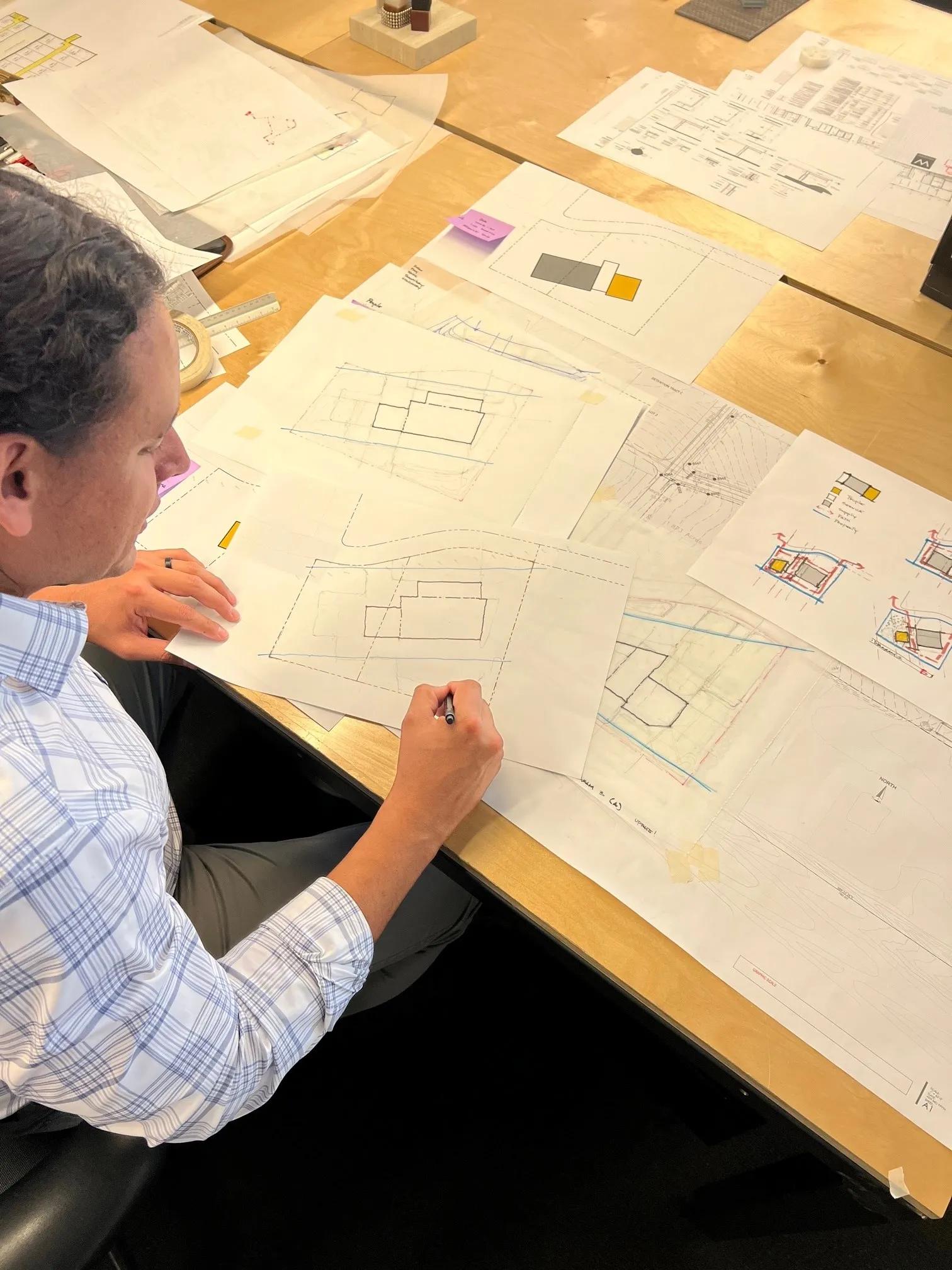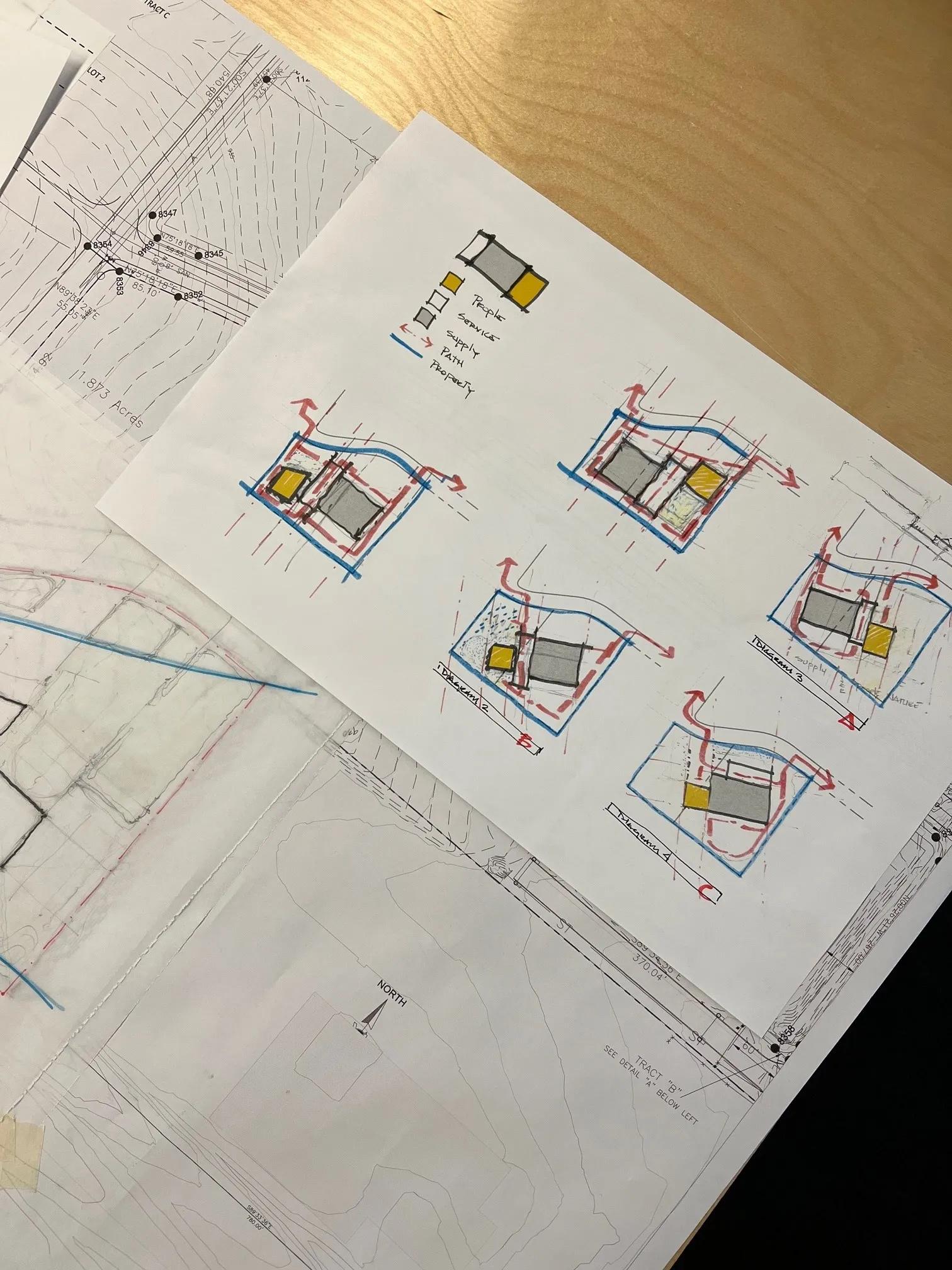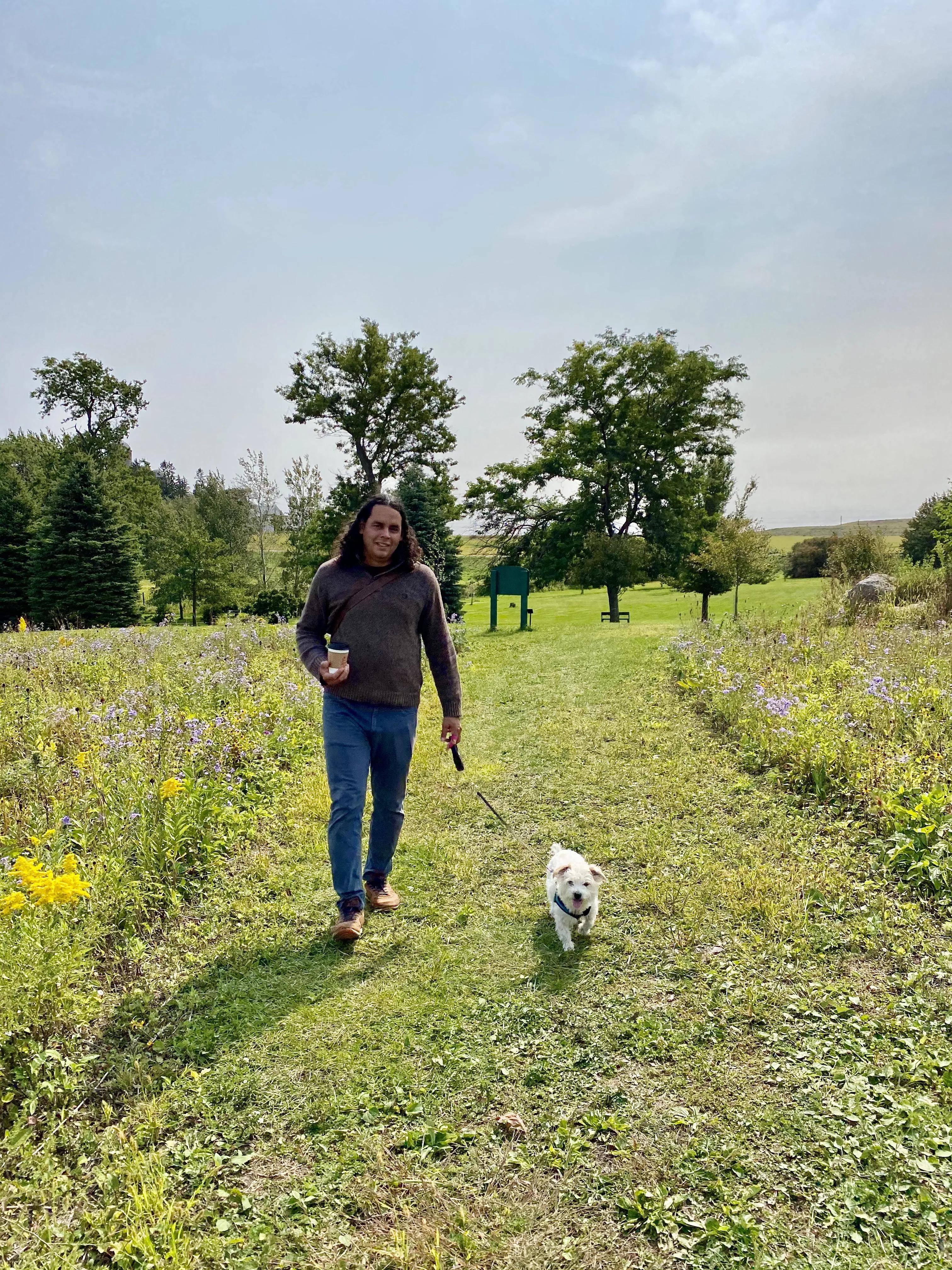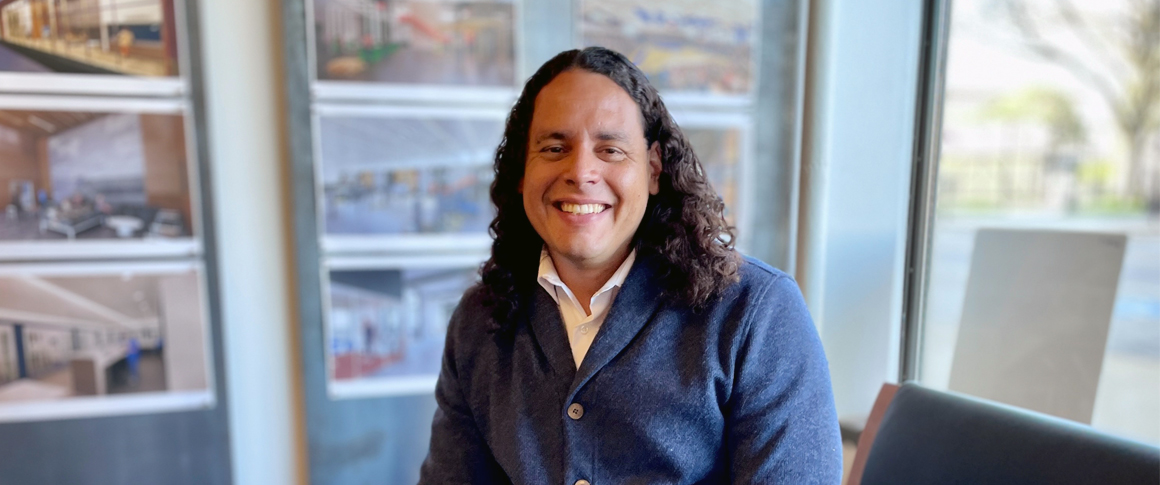Project coordinator, designer, and licensure candidate Jaime Ycaza shares his experiences as an English as a second language (ESL) learner while progressing through his path to licensure. He shares his advice for candidates experiencing the same obstacles and how NCARB’s testing accommodations have helped him along the way. Jaime also details finding his own inner strength to achieve his goals and continue to break through barriers.

Failures
This is not a story of how licensure happened to me. This is my ongoing story while still being in the sea, navigating toward my goals with a broken sail.
My love of architecture is fueled by the act of creating and composing solutions.
Growing up in Ecuador, the first time I stumbled upon the nearest subject to this career was in the tenth grade. Having a course on technical drawing was invigorating. It was a class I excelled in, and having dyslexia, although undiagnosed at this time, there weren’t many classes where I wanted to be called upon. It was a surprise to me and to my classmates that they were calling me for help. I was known as the class clown, as I learned to shield my disability with laughter by any means. I always projected laughter while making mistakes. The jokes were taken as intentional, and therefore, I would be called on less. I would rather sacrifice my grades by being portrayed as a troubled maker, the clown, or an uninterested student than reveal that I couldn’t read.
The technical drawing class was the first time that I stood on the opposite side of the fence: watching my classmates struggle with something that was easy for me. I didn’t grasp why it was so difficult for them to understand the assignments or why they were easy for me. I enjoyed dissecting the different shapes our teacher assigned us. I was drawing sections, elevations, and plans without knowing it yet.
A year later, my family and I moved to the U.S. Learning a new language on my own with a disability was a task that took so much personal effort. Why do I say it like this? Because school alone didn’t help me fully learn English. If I didn’t try to improve my skills in the language, I was lengthening the amount of time that I would feel like an empty vessel. It takes time to master a language just enough to feel that you are expressing yourself instead of responding robotically to an interaction in a way you know your listener would understand.
Due to these struggles in my new school, I gravitated toward fine arts. Just as in the technical drawing class, it was something I was able to command. It gave me familiarity in a world that was foreign, with a group of peers who I didn’t relate to or understand.

At 19, I was accepted to Virginia Commonwealth University and followed a path in Sculpture, the art of conceptualizing and physically bringing an idea into a space. While at VCU, I focused on the human body–its movements, its expressions–and from that, moved closer to installations where the visitors were the ones moving around the space. One of my professors asked the class to bring a photo of what was inspiring to us at that moment. I brought a photo of the Nationale-Nederlanden Building, known as the “dancing house,” by Frank Gehry. With that photograph, I saw movement and installation all put into one. The professor mentioned that I should investigate architecture. By the end of my senior year, I got an internship at Baxter Bailey & Associates as a draftsman, and this solidified my pursuit of a career in architecture.
After the first year at BB&A, I tried to enter into a three-year master’s degree with a BFA. As I mentioned above, my grades were hovering at the baseline of acceptable. It took three years after that point to finally start the path of architecture with my entrance into the M. Arch 3 program at Catholic University. I decided to double my efforts by adding on the Master of Science in Sustainable Design.
As difficult as the master’s degrees were, they don’t compare to the licensing exams. The exams specifically target where I am most weak— the pressure of time and speedy accuracy to recall information. I cannot do those very well. After failing my second attempt at an exam and having a worse result than the first time I took it, I decided to finally ask for accommodations. This meant I had to get an official diagnosis of my disability at the age of 37 years old.
I wasn’t prepared for what came next. The doctor’s diagnosis was that I could not read and that my reading was so slow that it was hurting the mechanism to comprehend what I was reading. Among readers my age, I am in the first percentile. I learned that I not only had dyslexia but also a hyper-attention disorder along with short-term memory loss.
I then attempted my third time taking the exams after my accommodations were in place. This meant that I had double the time, a reader in a private room where I would not disturb others and where my own distractions would be minimized. For the first time, I didn't have to read.
As I entered the new way to take the exam, there were things that I didn’t anticipate. First, how nice it was to finally get a chance to read (listen) to every word. Second, I was used to the software reading to me, which meant I would stop, rewind, and play it again and again without thinking about it. With someone there, I tried not to ask so frequently. When I would ask, it would be at the start of the sentence or paragraph. Lastly, any thought, question, or concept would capture my mind, taking me away from what was being said. The reader didn’t know that I was left behind with my thoughts. Again, I would ask them to repeat the question, taking more time.
I failed my third try with the accommodations, leaving 13 unanswered questions and a handful that I skipped to return to them later. In that instant, I felt hopeless. But the disability has taught me that the quicker I learn to let go, the faster I can prepare for the fourth. I learned to embrace my failures because they are not negative. It’s acceptance, and accepting the outcome helps me move on from what happened and try again. Where does the motivation come from to do this again? My fourth time? Why does perseverance shine?
I have found that it’s my own fears that hold me back from moving forward. Fear is what makes me feel ashamed. Instead, I accept the outcome but not the result. It’s focused anger. I gather my strength to navigate the process again because it’s not that my motivation vanished. It gets dimmer. When it does, it's always the supporting cast of family, friends, peers, and mentors who reinforce that I am good at what I do. That it is OK to fail. And just like before, it is their belief in me that strengthens my confidence to be able to steer again toward that goal.
I am preparing for my fourth time before the fall. This time around, I will apologize to the reader before we enter the room about how I will need them to read only what I ask them and no more. And yes, it’s okay to fail again.
Advice

You are not alone. It may seem that way, but when you lift your head and see the horizon, you will also see those who are around you. It took me a long time to get diagnosed. It took me failing the test twice. After getting the accommodations, I learned about how I process information. I stopped blaming myself for not being better prepared or for not reading fast enough. Early in my life with dyslexia, I learned to laugh at my mistakes—the misspellings, the wrong words I said, being slow in tasks. I laughed, and I encouraged others to laugh with me through my mistakes. This seemed to the teachers and professors like avoidance. It was hard for me to explain why, but it was easier to laugh. Laughter was my shield. Now as an adult, humor is intentionally part of what I do. It helps me to present ideas, to teach, and it allows me to have patience with myself and others. Laughter is no longer a shield but a tool to look at difficult tasks with optimism.
Only you alone will know the full extent of the effort you put into each task you do. I believe that no effort goes in vain. It gets stored. It morphs. It teaches.
